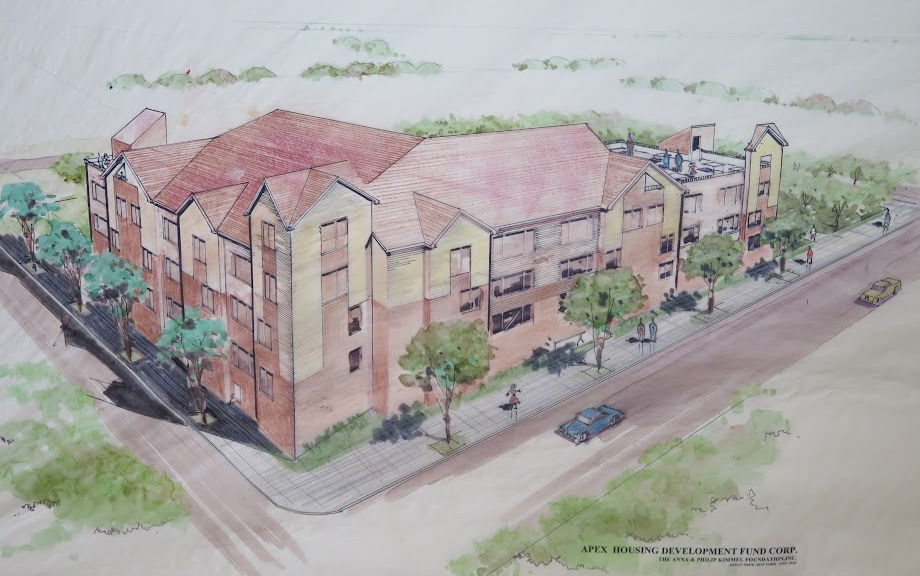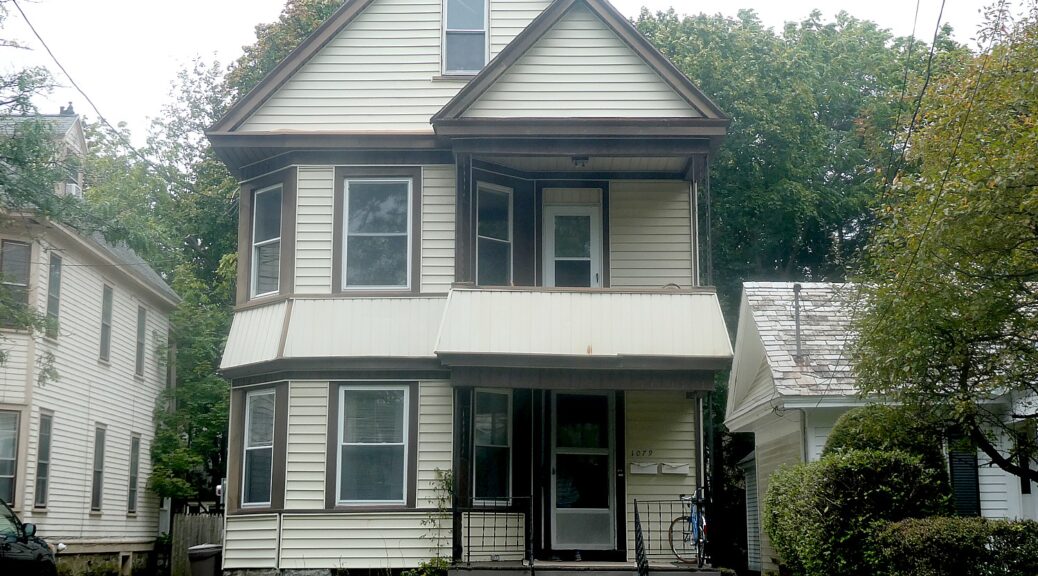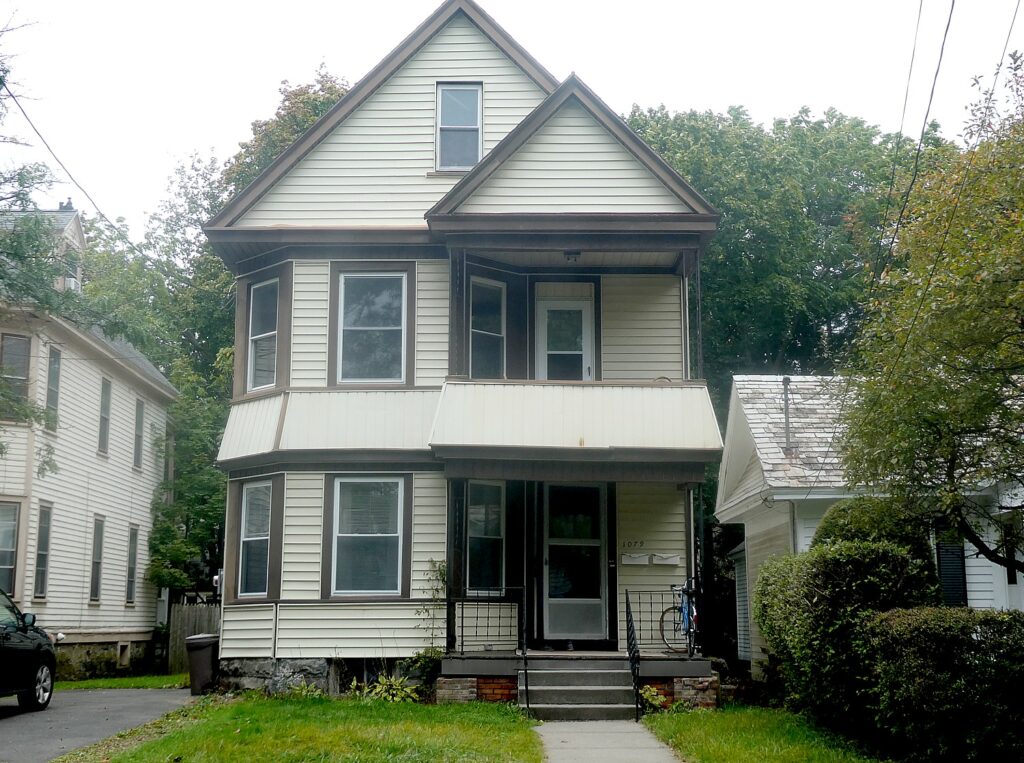Actions include reforms to save developers time and money on federal projects and funds to encourage state and local governments to reduce barriers to affordable housing

The Biden-Harris Administration is announcing major new actions to build on progress in addressing the affordable housing crisis and further implement its Housing Supply Action Plan. Actions include reforms to save developers time and money on federal projects and funds to encourage state and local governments to reduce barriers to affordable housing. This fact sheet is provided by the White House:
Since launching its all-of-government Housing Supply Action Plan, the Biden-Harris Administration has been committed to using every available tool to build more housing and lower costs. President Biden and Vice President Harris have put building more homes at the center of their economic agenda because rents are lower and homes are more affordable when we build more housing. After decades of under-investment in housing, we are finally seeing progress under President Biden and Vice President Harris: more units are under construction than at any time in over 50 years, and the rate of new housing starts is up 17 percent compared to the last Administration. The Biden-Harris Housing Plan would build over 2 million new homes to further increase supply and lower housing costs for Americans.
Building rental units and homes faster means lower costs for consumers: not only will more units get to the market faster, but increasing the speed of construction lowers building costs. The President and Vice President have been laser-focused on lowering housing costs for renters and homeowners alike.
Today, the Biden-Harris Administration is announcing major new actions to build on that progress and further implement its Housing Supply Action Plan:
Making funding available to help communities break down barriers to housing. The Department of Housing and Urban Development (HUD) is announcing the availability of $100 million through its landmark Pathways to Removing Obstacles to Housing (PRO Housing) program, which provides grants to communities to identify and remove barriers to affordable housing production and preservation. Grantees may use awards to further develop, evaluate, and implement housing policy plans, improve housing strategies, and facilitate affordable housing production and preservation. In June, Vice President Harris announced the first-ever grantees of the program, which provided $85 million to more than 20 cities and states with funding to identify and overcome barriers to building more affordable housing.
Providing interest rate predictability to spur housing development. The Department of the Treasury and HUD are announcing a major improvement to the Federal Financing Bank (FFB) Multifamily Risk Sharing Program that would provide greater interest rate predictability for state and local housing finance agencies that finance housing projects through the FFB. This program already dramatically reduces costs for state and local housing finance agencies by allowing them to borrow funds at just above the rate at which the US government borrows. This new action will expand the reach of the Risk Sharing program, especially for new construction projects, by providing housing finance agencies with greater certainty about the interest rate that they will face after the construction period ends, making more housing developments financially viable. Treasury and HUD indefinitely extended the Risk Sharing Program earlier this year, after the previous Administration allowed it to lapse. The program has already supported more than 16,000 units since restarting in 2021 and is expected to help create or preserve tens-of-thousands of units over the next decade.
Streamlining requirements for transit-oriented development projects. The U.S. Department of Transportation (DOT) is announcing new guidance to streamline and clarify requirements for closing DOT loans for residential development near transit, including commercial-to-residential conversions. New guidance FAQs , issued by the Build America Bureau, clarify that Transportation Infrastructure Finance and Innovation Act (TIFIA) and Railroad Rehabilitation and Improvement Financing (RRIF) loans used for conversion projects may be eligible for a categorical exclusion under the National Environmental Policy Act (NEPA) that would exempt applicable projects from more detailed environmental analysis and save time and money, as long as those projects do not expand the footprint of the building being converted or modify other facilities. The guidance further clarifies that TIFIA loans can be used to refinance existing debt as part of building conversion or expansion projects, and clarifies that TIFIA and RRIF loans can serve as permanent, take-out financing for construction loans consistent with statutory requirements, as long as federal requirements are met. When DOT first announced these loan programs could be used to finance housing near transit, the estimated time between final Letter of Interest and the loan close was up to 18 months. With these changes, that time can now be under a year as long as all other statutory requirements are met. The FAQs also feature additional information on federal requirements, borrower eligibility, market studies, and the Bureau’s underwriting process, including typical terms and conditions for TIFIA and RRIF loans. On August 27, the Bureau will host an introductory webinar on the credit review process for TOD loans. These efforts build on federal actions to make commercial to residential projects financially viable. Last fall, the White House released a Commercial to Residential Federal Resources Guidebook with over 20 federal programs across six federal agencies that can be used to support zero emissions climate-resilient conversions.
Accelerating historic preservation reviews for federal housing projects. The Advisory Council on Historic Preservation (ACHP) proposed a new tool that would accelerate historic preservation reviews for millions of federally-funded, licensed, or owned housing units across the country. Section 106 of the National Historic Preservation Act requires that federal agencies take into account how any proposed actions will affect historic properties and seek ways to avoid, minimize, or mitigate any adverse effects as a result of the project. If finalized, the tool would exempt several activities, including interior repairs and most installation of rooftop solar panels, from further Section 106 review, and significantly reduce the review process for applicable projects, which would lower development costs and more efficiently deliver affordable, accessible, energy-efficient, and hazard-free housing to people who need it. In the same program comment, ACHP will also be accelerating historic preservation reviews for activities related to climate-friendly transportation and climate-smart buildings, creating accessible, climate-resilient, and connected communities.
Challenging communities to use Section 108 to build housing. HUD is launching a Legacy Challenge — encouraging communities that directly receive Community Development Block Grants to leverage low-cost, low interest loans for transformative housing investments. Up to $250 million in loan financing will be made available through the Section 108 Loan Guarantee Program for adaptive reuse, commercial-to-residential conversions, rehabilitation of existing housing, housing enabling infrastructure such as water and sewer line installation or upgrades, and revolving loan pools to support local development. For communities that express interest by November 1, 2024, HUD will offer additional flexibilities for these loans including certain repayment flexibilities and waivers to streamline program requirements. HUD will invite applicants to participate in a technical assistance cohort and provide tools to support application development.
Enabling more housing types to be built under the HUD Code. HUD anticipates finalizing a rule to update its Manufactured Home Construction and Safety Standards. Manufactured housing provides an essential path to increasing overall housing supply and offers significant savings over site-built housing. The HUD Code creates economies of scale for manufacturers, resulting in significantly lower costs for buyers. In addition to making changes that will increase the quality, energy efficiency, and resilience of manufactured homes, the new rule, if finalized, would enable duplexes, triplexes, and fourplexes to be built under the HUD Code for the first time, extending the cost-saving benefits of manufactured housing to denser urban and suburban infill contexts.
Expediting housing permitting. The Council of Economic Advisers analyzed the importance of state and local government actions to permit and approve new developments more quickly, including examples from HUD’s PRO Housing grants. Permitting requirements contribute to the nationwide housing shortage, leading many would-be deals to not be financially viable or be scaled down, and driving up the cost of housing. Reforms to streamline permitting processes can lead to more housing being built more quickly, which will lower housing costs.
Today’s actions build on dozens of executive actions taken by the Biden-Harris Administration to improve the federal programs to support the construction and preservation of affordable housing. As part of the Housing Supply Action Plan, the Administration simplified the process to use American Rescue Plan State and Local Fiscal Recovery Funds for housing, facilitating nearly $20 billion committed for housing projects, including over $7.5 billion to construct, preserve, or stabilize tens of thousands of units; improved signature federal supply programs like the Low Income Housing Tax Credit and HOME Investment Partnerships program; made it easier to repurpose suitable federal land for affordable housing, while calling on state and local governments to do the same with land they own; launched a new effort to promote the conversion of underutilized commercial property into housing, including housing near transit; and made hundreds of billions of dollars available through the Inflation Reduction Act to cut energy costs and emissions in housing through energy efficiency, electrification, clean energy and climate resiliency.
See also:



